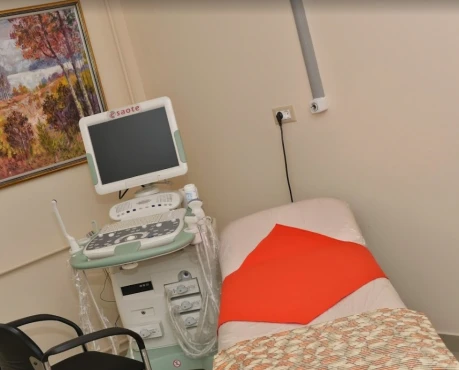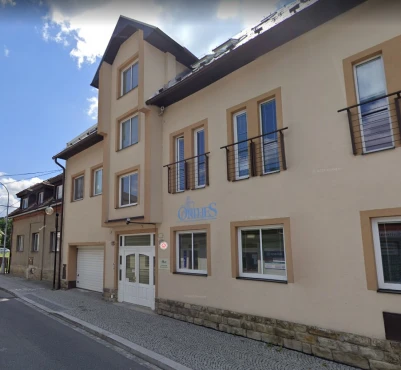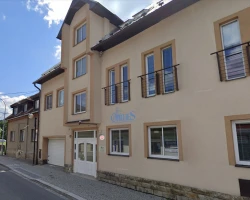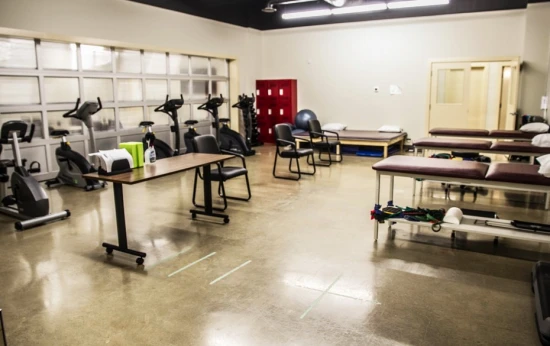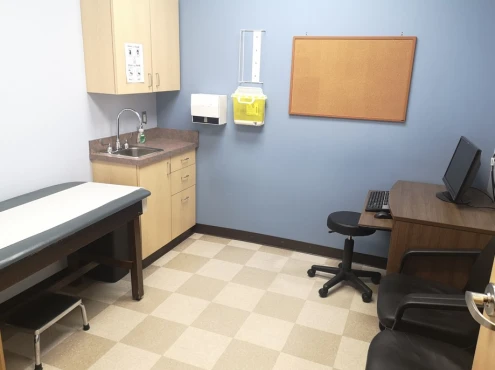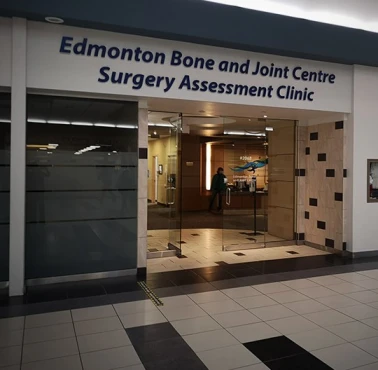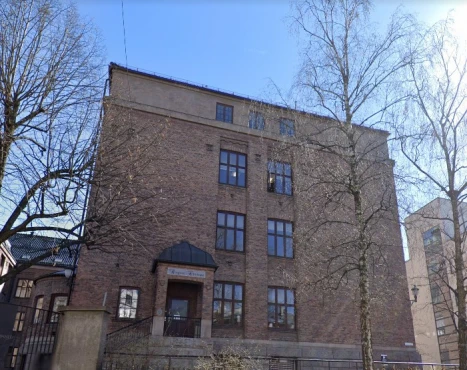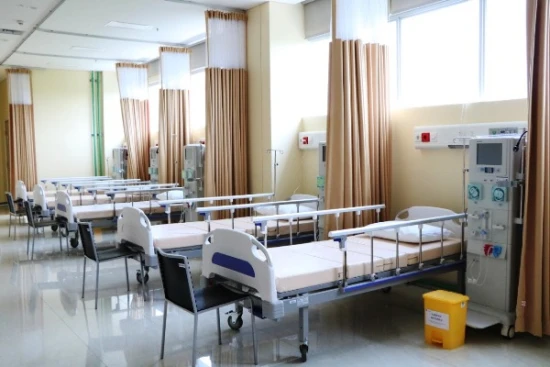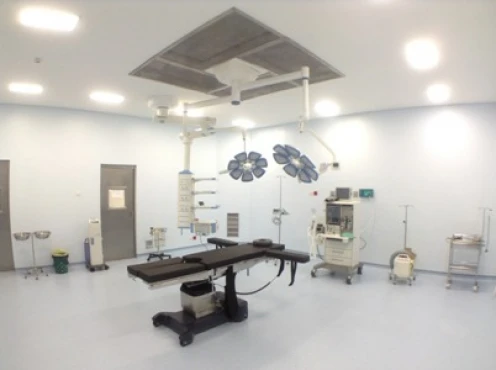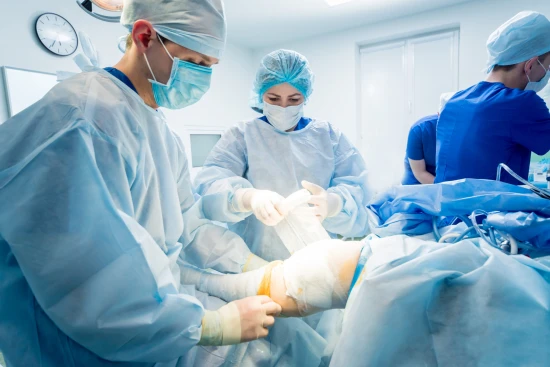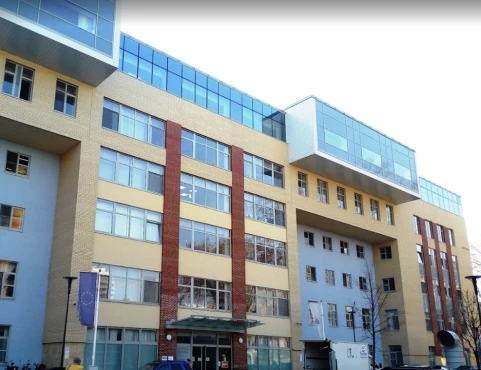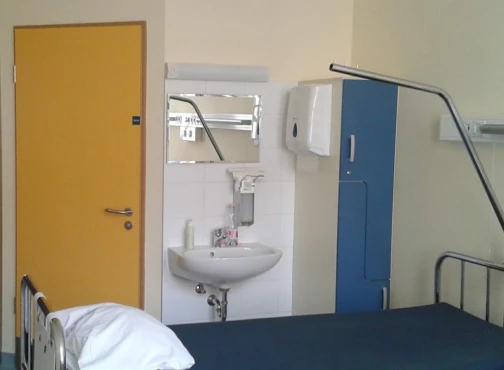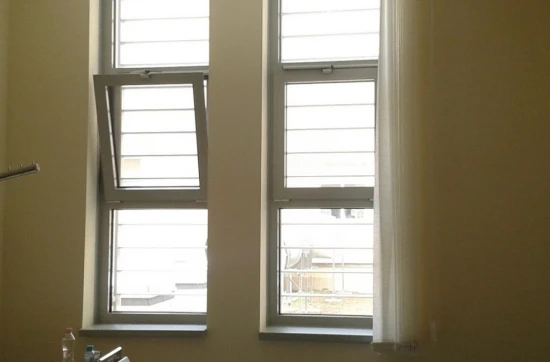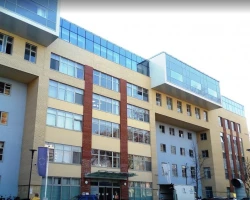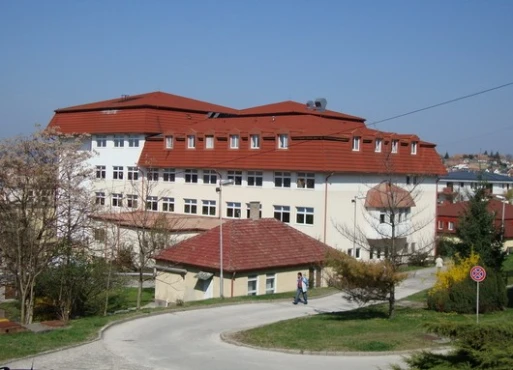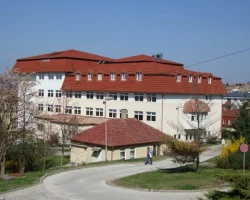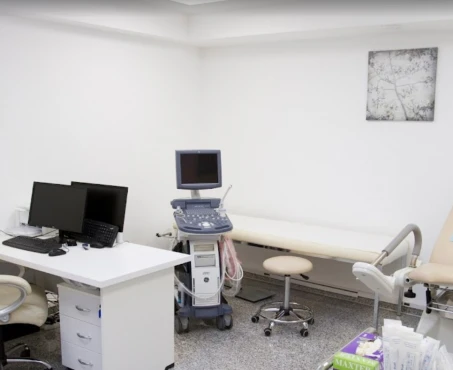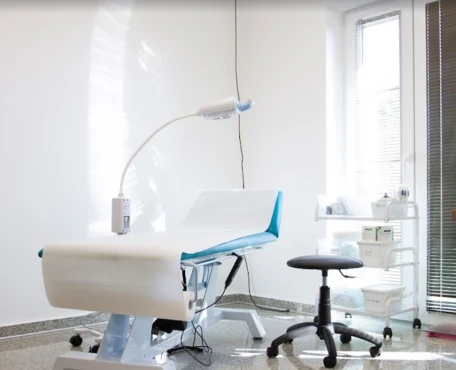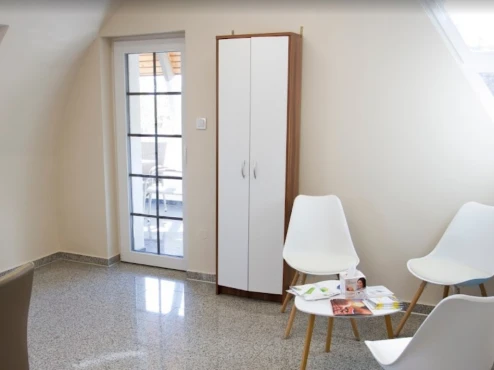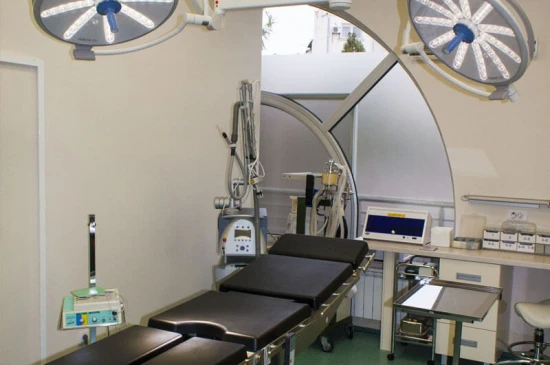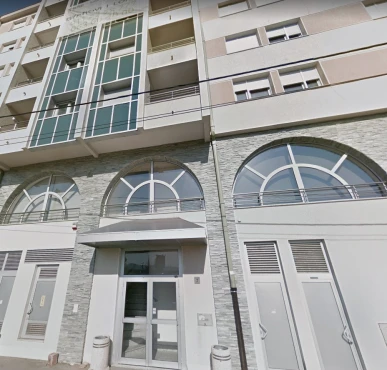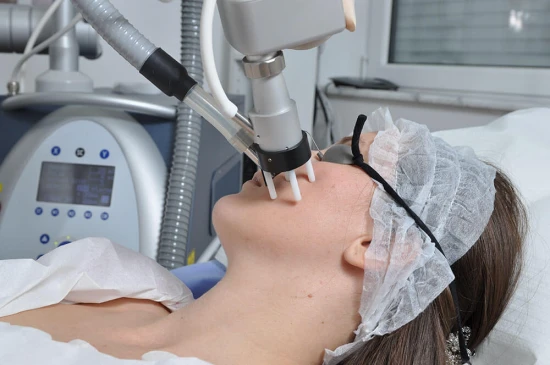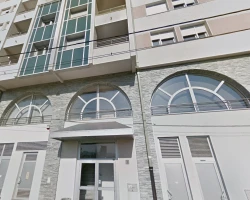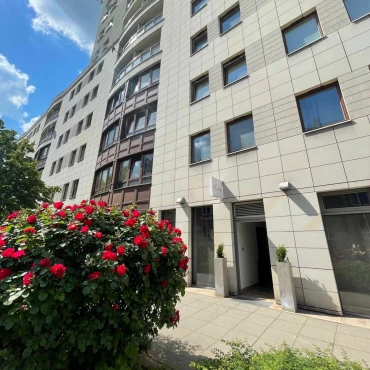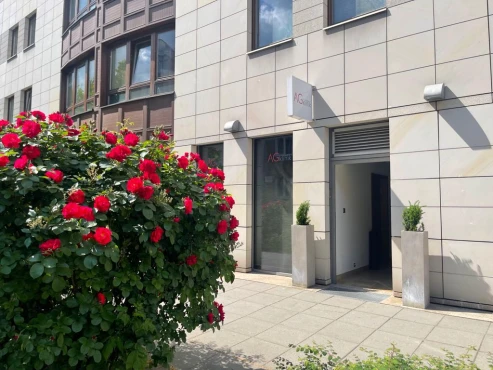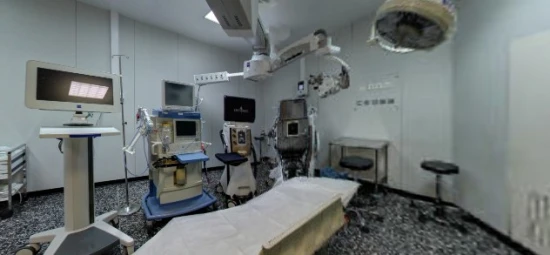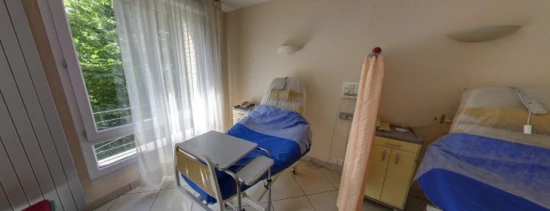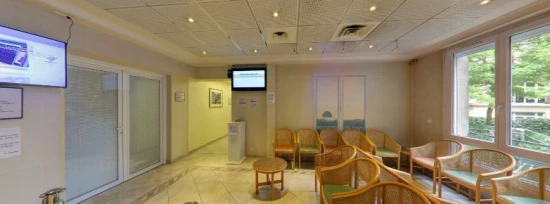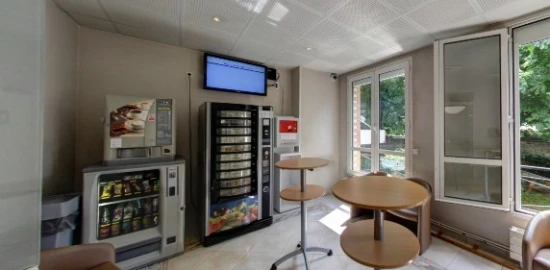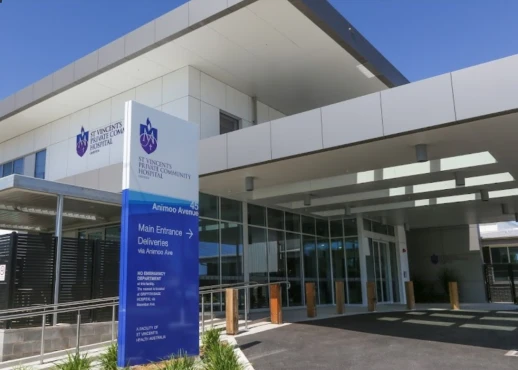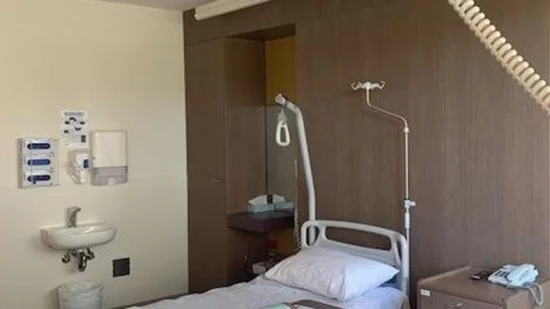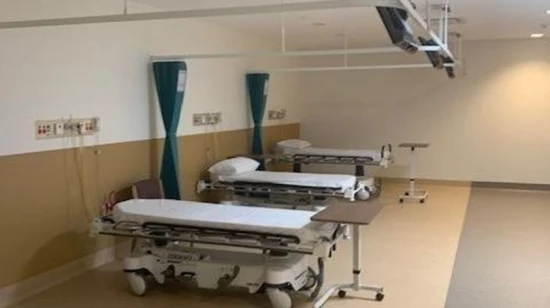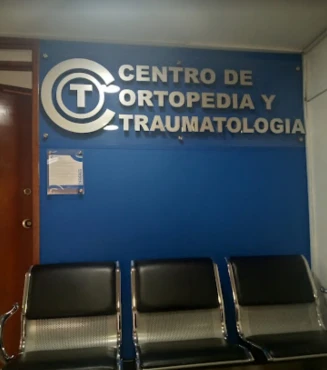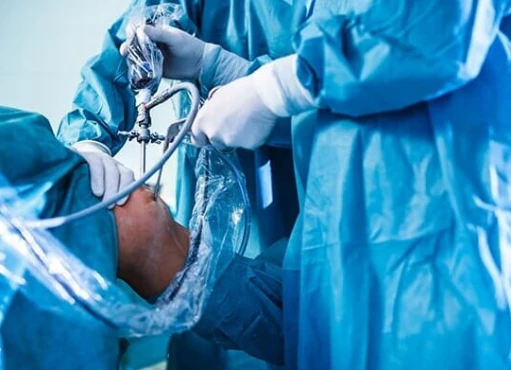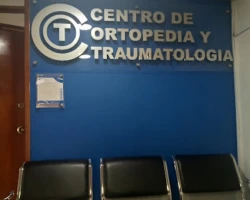Introduction
Tendinitis or tendinopathy is pain and impaired limb function in the joint area caused by pathologic changes in the tendon of a muscle. Tendons are located outside of the joint capsule, so tendinitis is essentially an extra-articular problem. The condition usually occurs due to excessive strain, injury to the tendon and is provoked by a number of factors and co-morbidities. All this leads to degenerative changes in the tendon, its structural reorganization. Inflammation joins secondary and does not take a leading place in the pathogenesis of pathology. In this article, we will discuss why tendonitis of the ankle joint occurs, treatment and prevention of this condition.
The ankle joint includes the tibial and fibula bones of the lower leg and the talus bone of the foot. The joint is stabilized by tendons and ligaments. The latter are strips of strong connective tissue stretched between the bones. Their damage is similar in symptoms to tendonitis. Most often the deltoid ligament of the ankle joint is damaged.
Tendons are the tissue that connects the muscle to the bone, it is strong, but not elastic. Tendinopathy is most often affected:
- Achilles tendon, located in the back. It attaches the muscles of the rear part of the lower leg - calf muscles - to the heel bone. They help to pull the foot off the surface of the floor when walking, jumping, standing on toes
- The tendon of the posterior tibialis muscle, which runs from the back surface of the tibia, along the inner edge of the foot to its bones. The posterior tibialis muscle is involved in the flexion and support of the foot on the outer arch. In addition to its tendon, there are two more in the area of the inner ankle, but they are less susceptible to tendonitis
- The tendons of the long and short peroneal muscles are located on the outside of the tibia, and their tendons run along the back of the ankle joint, wrapping around the outer ankle. The peroneal muscles are responsible for placing the foot with the toes outward and supporting it on the outer arch
- Less often, tendonitis affects the anterior surface of the ankle, where there are three tendons. The most powerful of them belongs to the tibialis anterior muscle. This muscle provides a forward tilt of the tibia with a fixed foot, foot extension. Tendinitis or tendinopathy is pain and impaired function of the limb in the area of the joint, caused by pathological changes in the tendon of the muscle. The tendons are located outside of the joint capsule, so tendinitis is essentially an extra-articular problem. The condition usually occurs due to excessive strain, injury to the tendon and is provoked by a number of factors and co-morbidities. All this leads to degenerative changes in the tendon, its structural reorganization. Inflammation joins secondary and does not take a leading place in the pathogenesis of pathology. In this article, we will discuss why tendonitis of the ankle joint occurs, treatment and prevention of this condition.
Risk Factors
Most risk factors for tendonitis are modifiable. Knowing and avoiding them can help prevent the condition. The most common are:
- Improper running technique
- Intense workouts without proper pre-run warm-ups
- Uncomfortable shoes that are not the right size
- Mismatched leg lengths
- Foot deformities
- High arch of the foot
- Overweight
- Prolonged use of medications: statins, corticosteroids, some antibiotics
Some chronic diseases can also contribute to the development of tendonitis: autoimmune, diabetes mellitus, gout.
Causes
Tendinitis can be caused by a one-time injury or permanent microtrauma ─ for example, regular jogging with incorrect technique or in unsuitable shoes:
- Achilles tendon injuries are more common in uphill running, sports involving sudden movements and stops - for example, as in tennis, volleyball and basketball
- Tendonitis of the peroneal tendon in the ankle joint develops when running and training on uneven, slippery surfaces, playing sports that require frequent changes of direction, such as soccer, basketball, and roller skating if the skates are the wrong size.
- Tendonitis of the posterior tibialis tendon can occur after a person has stepped off a curb or staircase, or stepped in a hole.
- Tibialis anterior tendon tendonitis can result from prolonged cycling, especially uphill and with a heavy backpack, and is less common in soccer players and hikers on steep climbs.
Symptoms
Tendinitis is manifested by pain, swelling and impaired function of the ankle. The nature of the symptoms depends on the affected tendon:
- Achilles tendon: pain and thickening appear 2-6 cm above the heel. In tendinitis, the burning pain increases with walking, and rest results in relief. To diagnose a tendon rupture, doctors use the Thompson test: the patient lies on his stomach, hanging the foot off the couch, and the doctor squeezes the calf muscle. If the integrity of the Achilles tendon is intact, the compression leads to flexion of the foot; if it is ruptured, the foot remains immobile
- Peroneal muscle tendons: pain and swelling spread over the outer ankle and increase when attempting to flex the foot or place it on the outside. Some patients note a clicking sound when walking. Often symptoms develop gradually over several weeks
- Tendon of the posterior tibialis muscle: pain and swelling increase gradually, localized in the posterior-internal part of the ankle. When trying to stand on toes, there are unpleasant sensations behind the inner ankle
- Tendon of the tibialis anterior muscle: pain and swelling cover the anterior surface of the ankle joint, the back of the foot, significantly disrupting gait. When the tendon ruptures, the foot “hangs down” and the person cannot stand on his or her toes.
Diagnostics
Diagnosis begins with an initial consultation with an orthopedic traumatologist. The doctor questions the patient, examines and palpates the ankle joint. Perhaps, in order to establish an accurate diagnosis, additional studies will be needed: ultrasound, MRI, radiography. The standard examination for tendonitis is ultrasound - it allows to detect tendon ruptures, their thickening, swelling of the surrounding tissues.
Treatment Options
Different types of treatment are used for tendonitis of the muscles of the ankle joint. If there is no tendon rupture, conservative non-drug and drug therapy is sufficient.
In the first days after the injury and during the period of acute pain, the RICE protocol is used:
- R (rest) - rest for the muscle whose tendon has been injured. Prevents further traumatization and tears
- I (ice therapy) - applying cold to the joint area every hour for 15 minutes. Reduces swelling, reduces the intensity of inflammation.
- C (compression) - elastic fixation of the ankle. Prevents its mobility, relieves the load. An effective option in this case will be taping - the application of special adhesive tapes to the skin.
- E (elevation) - elevated position of the limb. Normalizes venous outflow and reduces the severity of edema
Medication is usually based on a short course of painkillers, including non-steroidal anti-inflammatory drugs.
Injection methods: in some cases, corticosteroids, blood plasma are injected into the area of the injured tendon. These methods are not used routinely for every patient. Local injection of hormones can lead to deterioration of the Achilles tendon pathology, to its rupture. These methods are used strictly according to indications.
Surgical treatment is usually prescribed for a complete rupture of the tendon. But if the edges of the ruptured tendon are close to each other, sometimes it is possible to do without surgery - specific decisions are made after consultation with a surgeon.
Prevention
To avoid tendon tendonitis of the ankle joint area, it is recommended:
- Strengthen your leg muscles
- Avoid exercising outdoors in cold weather and on non-adapted surfaces.
- Warm up thoroughly before exercising
- Choose appropriate, comfortable shoes that fit properly.
- Maintain a healthy body weight
Main Messages
- Ankle tendinitis is a pathology of the tendon, manifested by dysfunction, pain and local swelling. Most often occurs due to excessive loads on the feet
- To the development of tendonitis predispose to systemic diseases with impaired tissue nutrition, wearing the wrong shoes and a sharp increase in the intensity of physical exertion
- In case of tendon pathology in the first days of treatment, the RICE protocol is recommended, which implies rest, cold, fixation of the ankle and elevated position of the lower limb.
- In order to prevent tendinitis from turning into chronic tendinopathy, and the function of the limb is quickly restored, rehabilitation is carried out, which includes therapeutic exercise and other non-medicamentous methods


